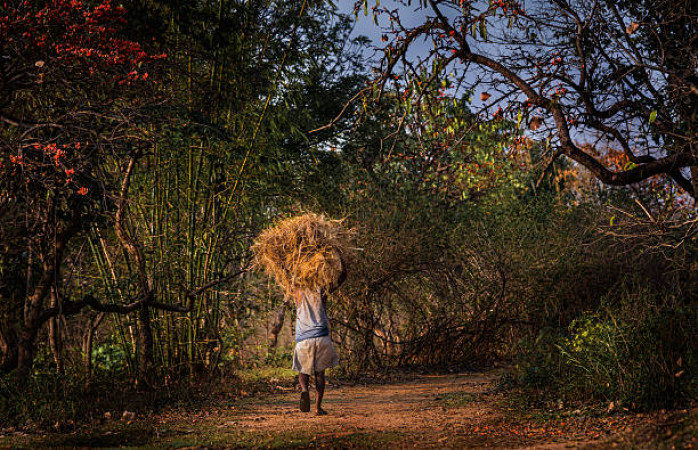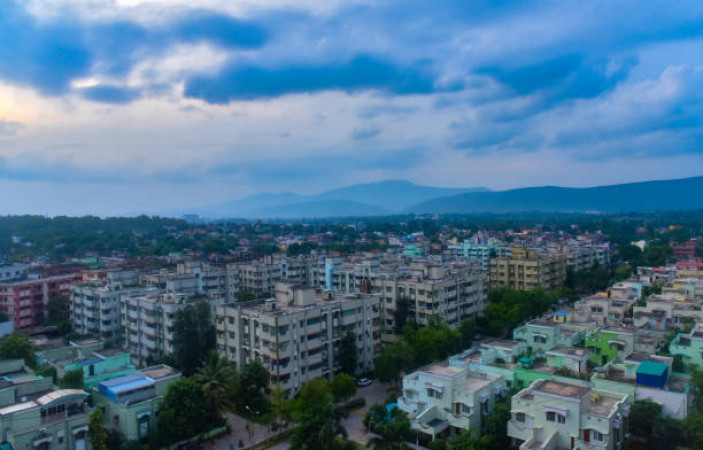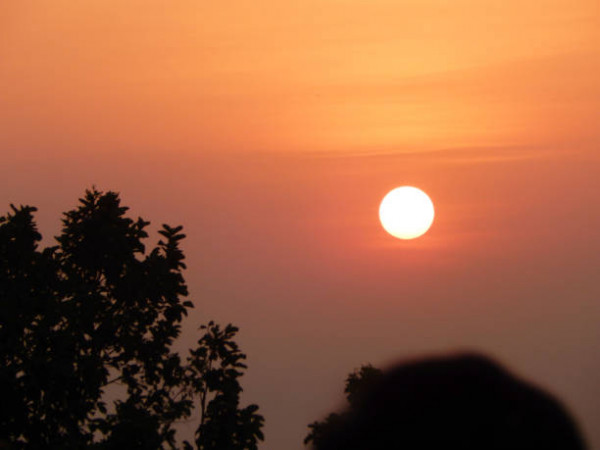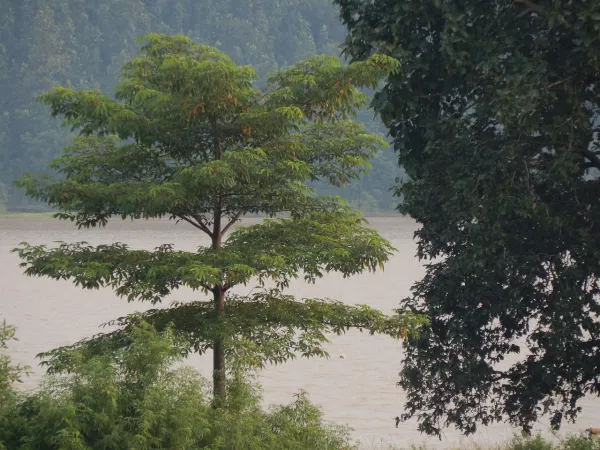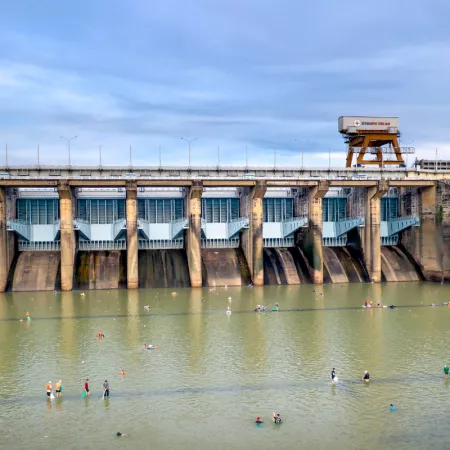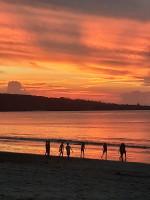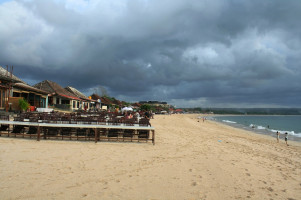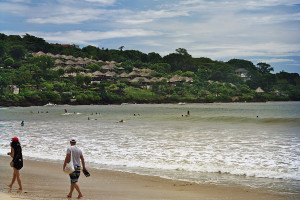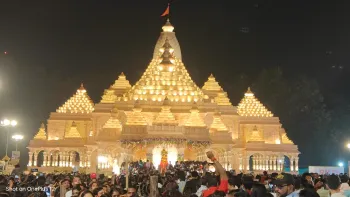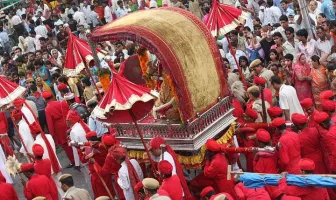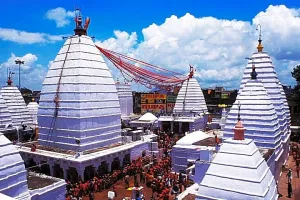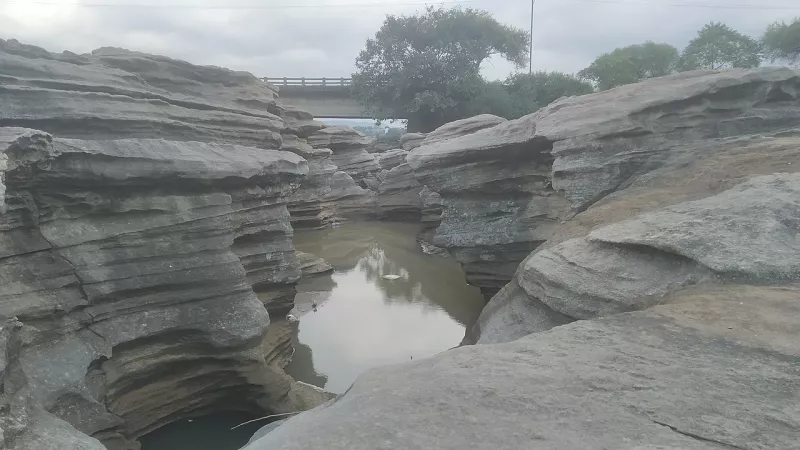
Jharkhand
Duration
3 to 5 Days
3 to 5 Days
Best time to visit
Oct-Feb
Oct-Feb
Theme
Hill Station, Adventure, Wildlife
Hill Station, Adventure, Wildlife
Jharkhand Travel Guide
Jharkhand, located in eastern India, is a state known for its rich cultural heritage, stunning landscapes, and vibrant tribal communities. The state was carved out of Bihar in the year 2000 and is famous for its lush green forests, cascading waterfalls, and unique tribal art and craft. Jharkhand has a fascinating history, being home to several ancient kingdoms and playing a significant role in India's independence movement.Top Attractions in Jharkhand
1. **Hundru Falls**: A breathtaking waterfall surrounded by lush greenery. 2. **Netarhat**: Known as the 'Queen of Chotanagpur', offering panoramic views of the sunrise and sunset. 3. **Betla National Park**: A wildlife sanctuary home to tigers, elephants, and various species of birds. 4. **Jagannath Temple, Ranchi**: A sacred Hindu temple known for its architectural beauty. 5. **Dassam Falls**: A picturesque waterfall perfect for a day trip.Jharkhand is Famous for
Its pristine natural beauty and vibrant tribal culture.Top Attractions in Jharkhand
- Explore the tribal villages and witness their unique way of life. - Trek through the dense forests of Jharkhand. - Attend the Sarhul festival to experience the rich tribal traditions. - Visit the Tagore Hill in Ranchi for a panoramic view of the city. - Discover the ancient rock paintings at Isco Rock Art.What's Great about Travelling to Jharkhand?
- **Nature Lovers**: Jharkhand offers a pristine environment with lush forests and stunning waterfalls. - **Adventure Enthusiasts**: Trekking, wildlife safaris, and water sports are popular activities in Jharkhand. - **Culture Buffs**: Experience the unique tribal culture and traditions of the state.What's Not So Great about Travelling Jharkhand?
- **Infrastructure**: Some areas may lack developed infrastructure for tourism. - **Language Barrier**: English may not be widely spoken in remote areas. - **Limited Connectivity**: Remote locations may have limited internet and phone connectivity.Travel Tips for Jharkhand
- **Visa Requirements**: Check visa requirements before traveling to India. - **Transportation**: Opt for local transport or hire a guide for better navigation. - **Safety Tips**: Respect local customs and dress modestly, especially in tribal areas.Important Jharkhand trip information
- Ideal Duration: A week is ideal to explore the major attractions.
- Best Time to Visit: October to March for pleasant weather.
- Nearby Airports and Railway Stations: Birsa Munda Airport in Ranchi and major railway stations in Ranchi, Dhanbad, and Jamshedpur.
Top 5 Places to visit in Jharkhand
Per Person
19,750
*EXCLUDING APPLICABLE TAXES 5.0 Ratings
( 187 Reviews )
( 187 Reviews )
Per Person
21,899
*EXCLUDING APPLICABLE TAXES 5.0 Ratings
( 187 Reviews )
( 187 Reviews )
Per Person
24,670
*EXCLUDING APPLICABLE TAXES 5.0 Ratings
( 187 Reviews )
( 187 Reviews )
Per Person
14,300
*EXCLUDING APPLICABLE TAXES 5.0 Ratings
( 233 Reviews )
( 233 Reviews )
Per Person
13,300
*EXCLUDING APPLICABLE TAXES 5.0 Ratings
( 233 Reviews )
( 233 Reviews )
Per Person
9,500
*EXCLUDING APPLICABLE TAXES 5.0 Ratings
( 2 Reviews )
( 2 Reviews )
FAQ's on Jharkhand
Q1: What is the best time to visit Jharkhand?
The best time to visit Jharkhand is during the winter months from October to March when the weather is pleasant and ideal for exploring the state's natural beauty. Additionally, the months of October and November offer vibrant festivities like Durga Puja and Diwali, adding to the cultural experience.
Q2: Do I need a visa to travel to Jharkhand?
As Jharkhand is a state within India, travelers who hold a valid Indian visa can freely visit Jharkhand without any additional visa requirements. However, international tourists should ensure they have a valid Indian visa before entering the country.
Q3: What are the must-visit attractions in Jharkhand?
Jharkhand boasts a rich cultural and natural heritage. Must-visit attractions include the scenic Betla National Park, the ancient Parasnath Temple, the breathtaking Hundru Falls, and the tribal villages of Netarhat. For history buffs, the archaeological site of Chandrakona and the Tagore Hill are also worth exploring.
Q4: Is Jharkhand a safe place to travel?
Jharkhand is generally safe for tourists, but like any destination, it is advisable to exercise caution, especially in remote areas and during late hours. It is recommended to avoid any political gatherings or demonstrations and stay informed about the local news. Following basic safety measures and being aware of your surroundings will ensure a safe travel experience.
Q5: What is the local currency in Jharkhand and can I use credit cards?
The local currency in Jharkhand, like the rest of India, is the Indian Rupee (INR). Major cities have ATMs where you can withdraw cash, and credit cards are widely accepted in hotels, restaurants, and larger stores. However, it is advisable to carry some cash for smaller establishments and markets.
Q6: What is the local cuisine like in Jharkhand?
Jharkhand's cuisine is predominantly influenced by tribal traditions and offers a variety of flavors. Some popular dishes include Rugra, Bamboo Shoot Curry, Thekua, and Pittha. Rice is a staple food along with lentils and vegetables. For those with dietary restrictions, vegetarian and non-vegetarian options are available.
Q7: What transportation options are available in Jharkhand?
In Jharkhand, travelers can avail themselves of various transportation options including buses, auto-rickshaws, and taxis for intra-city travel. For longer distances, rental cars or private taxis are convenient. Additionally, the state has well-connected railway networks and domestic flights to major cities.
Q8: Are there any cultural norms or etiquette I should be aware of when visiting Jharkhand?
When visiting Jharkhand, it is important to respect the local customs and traditions. Dress modestly, especially when visiting religious sites, and remove your shoes before entering temples. Greeting with a 'Namaste' is appreciated, and always ask for permission before taking photographs of locals. Respect for tribal culture and traditions is highly encouraged.
Q9: I am a travel agent. How can I buy travel leads of Jharkhand?
Register yourself as a travel agent at agents.tripclap.com and then you can buy travel leads to Jharkhand once your account is approved. For more details contact our support team at +91-8069186564 or support@tripclap.com
